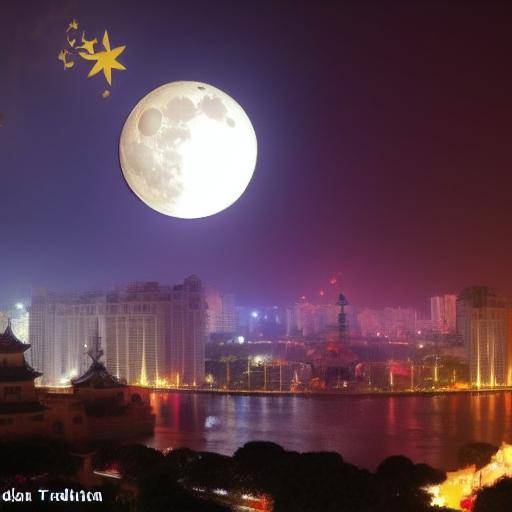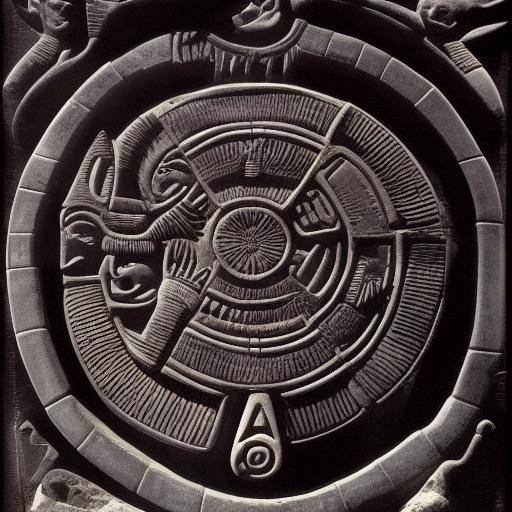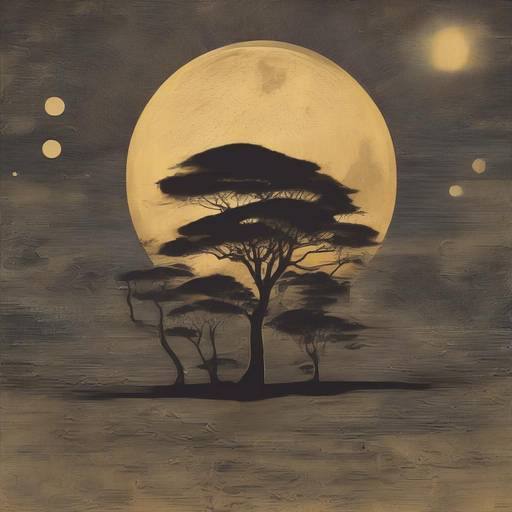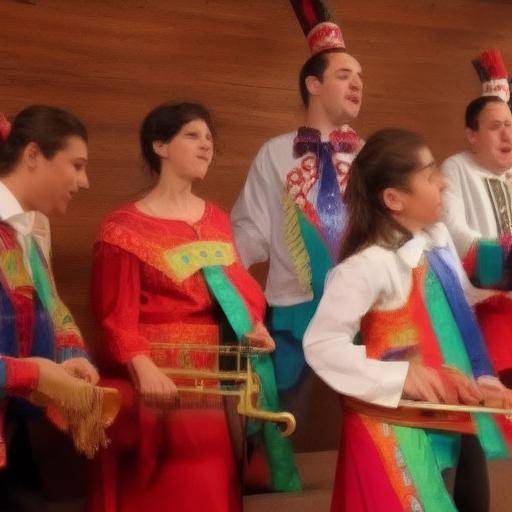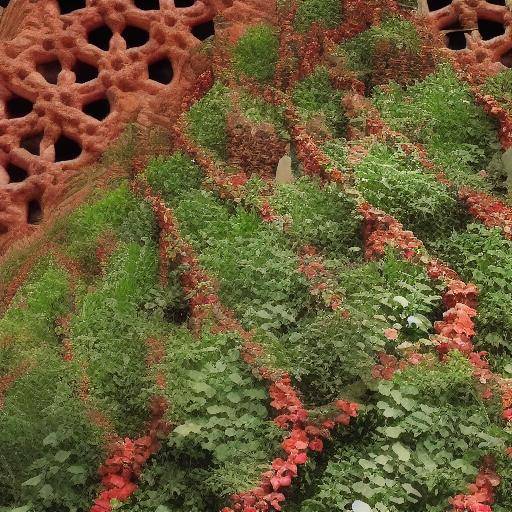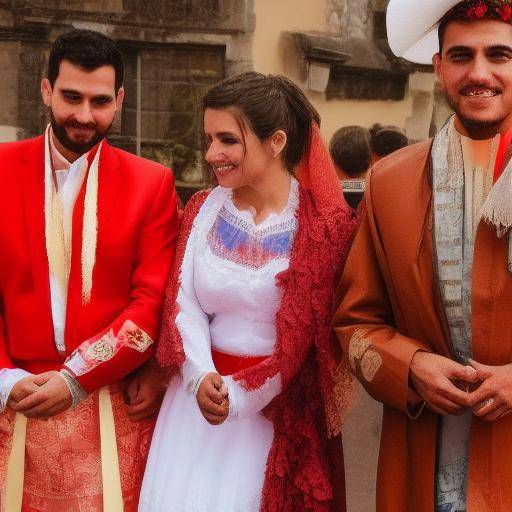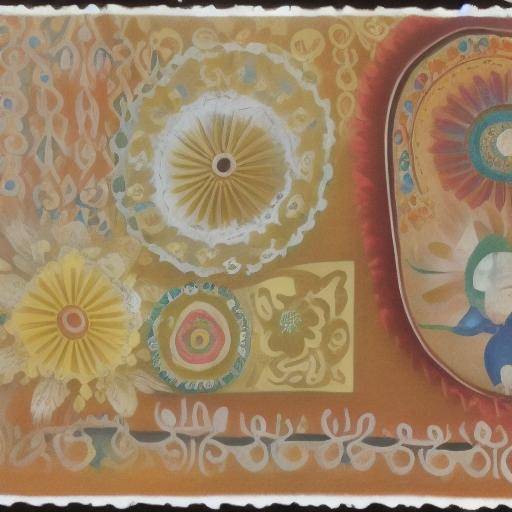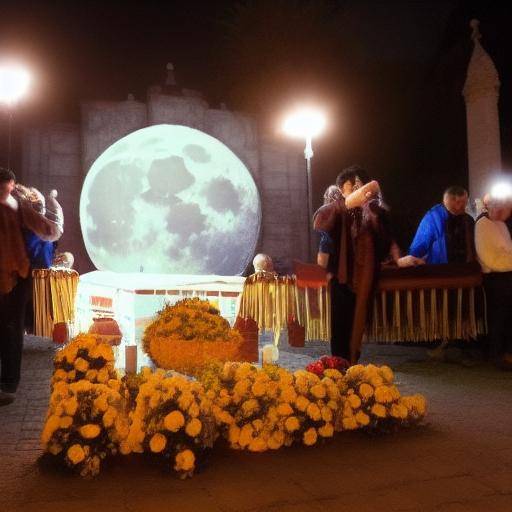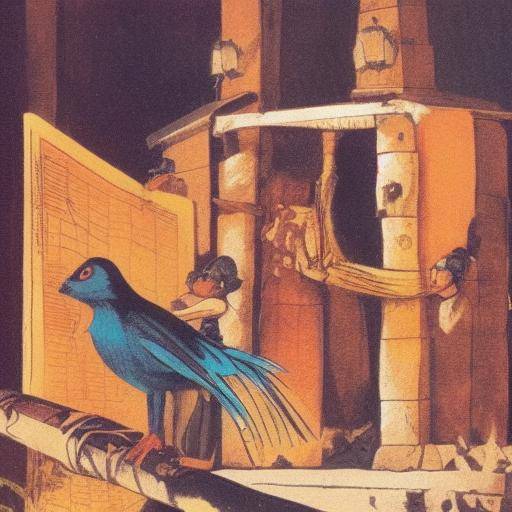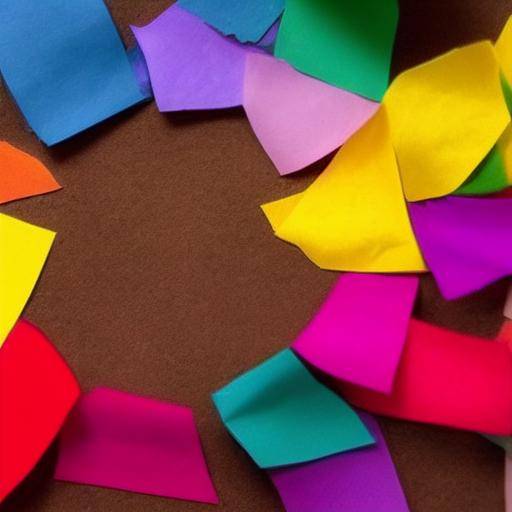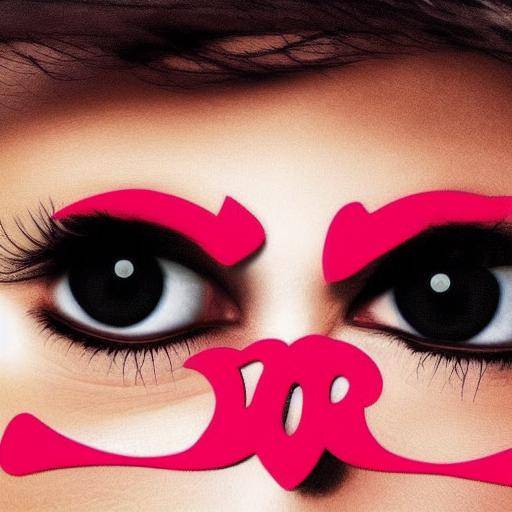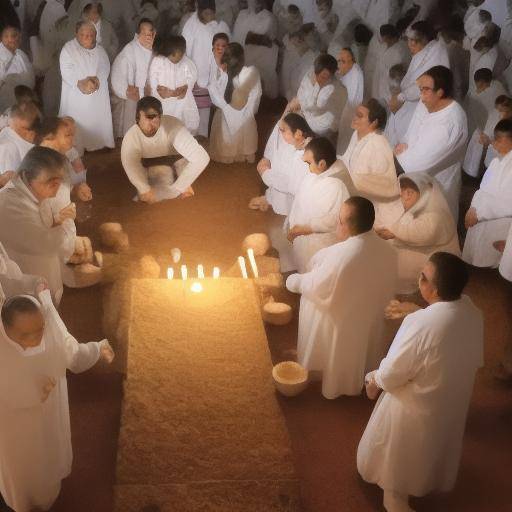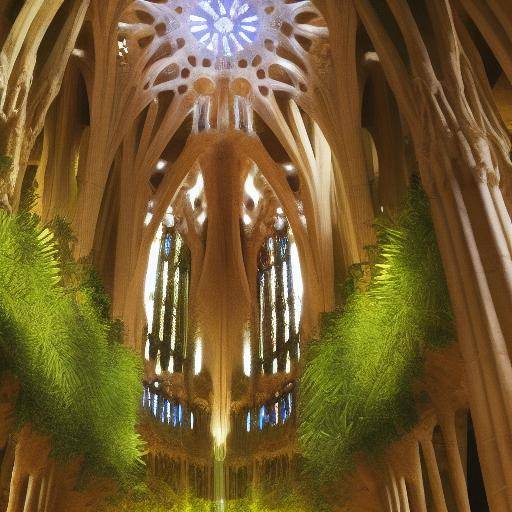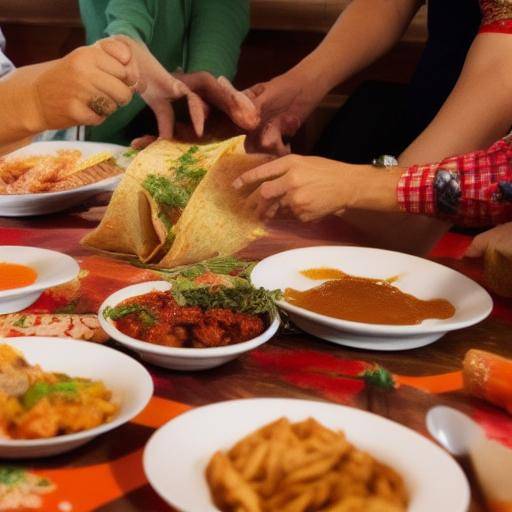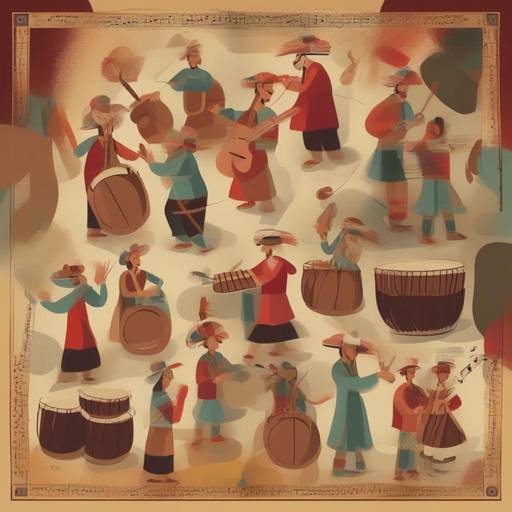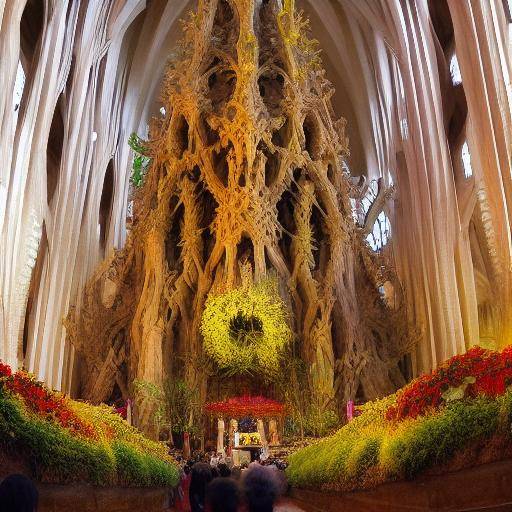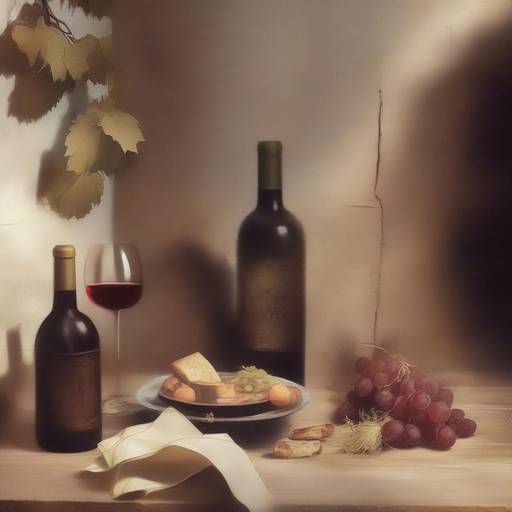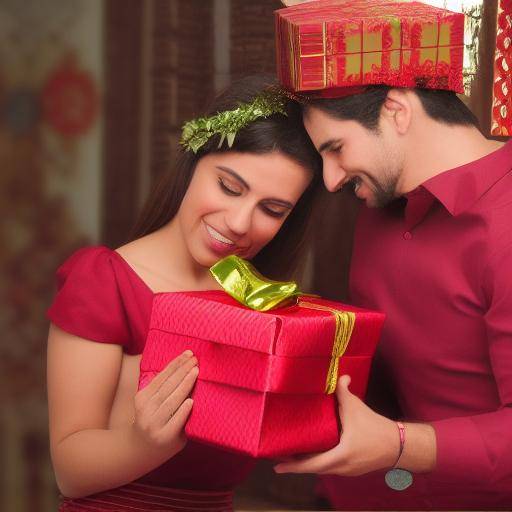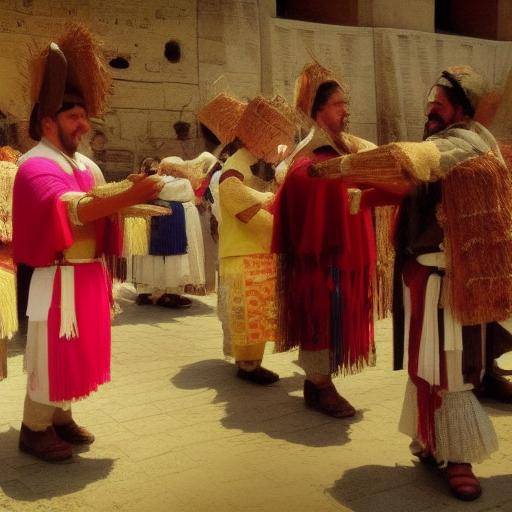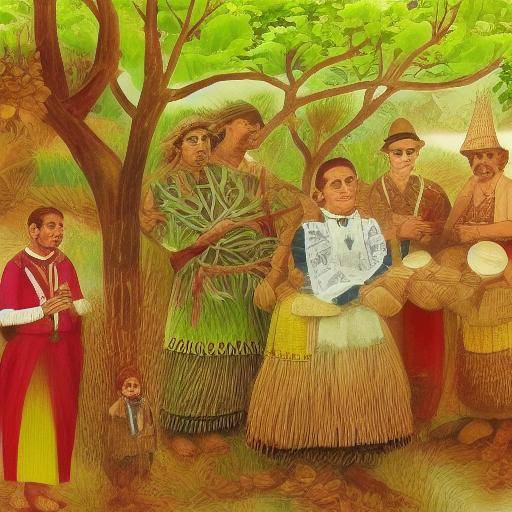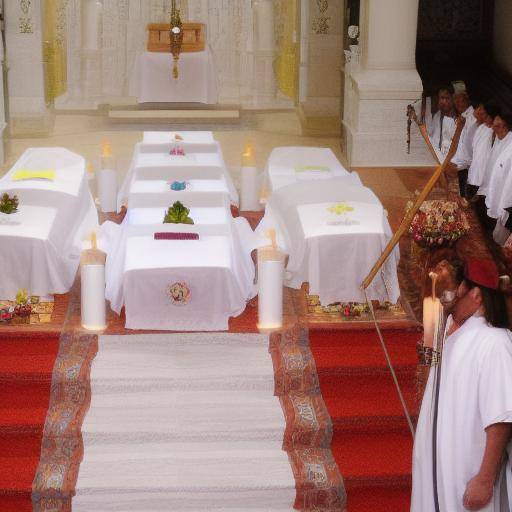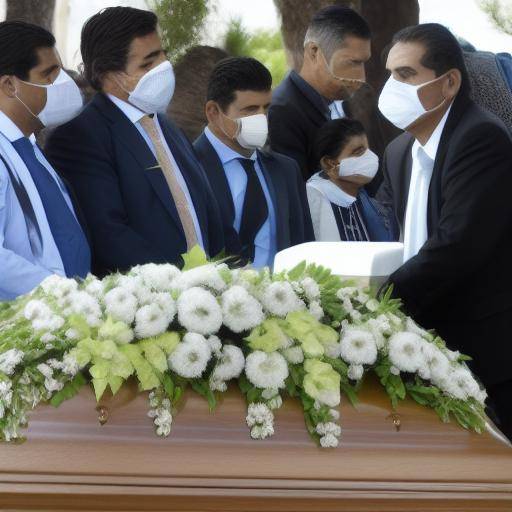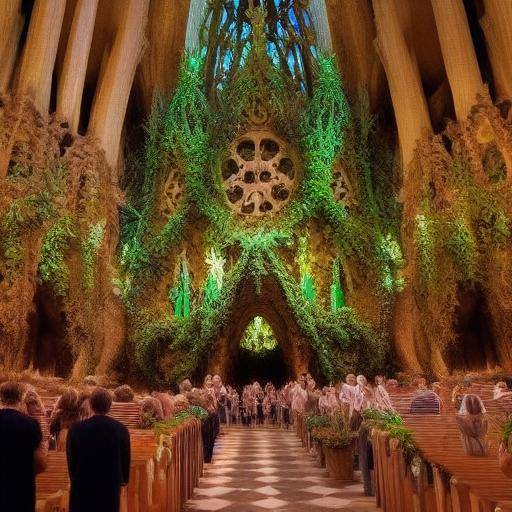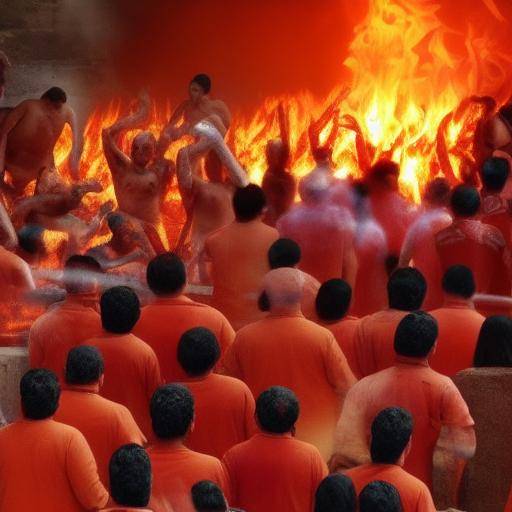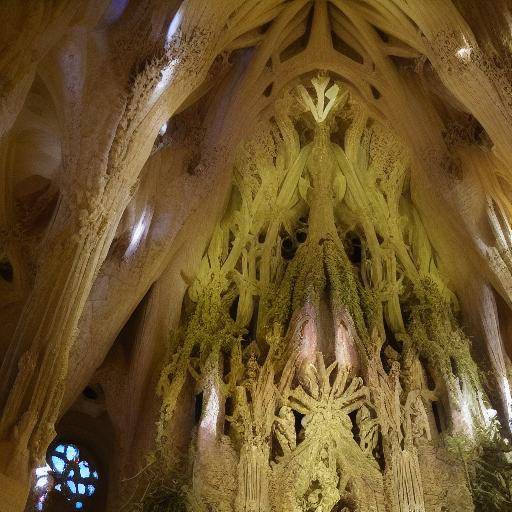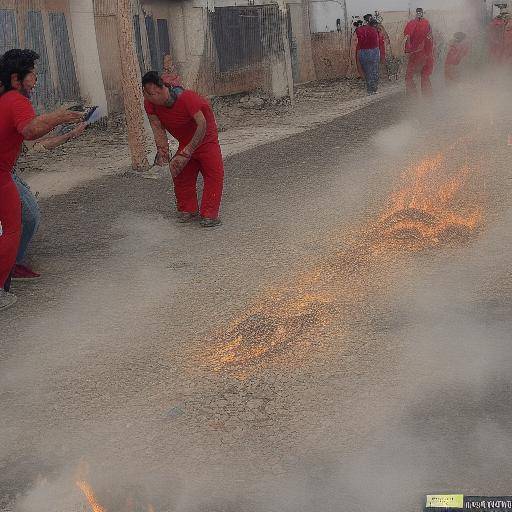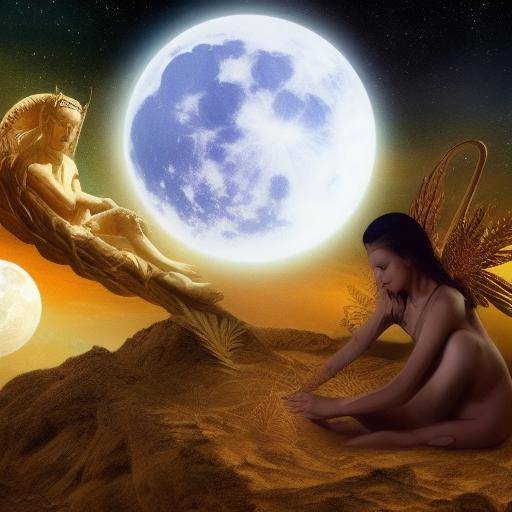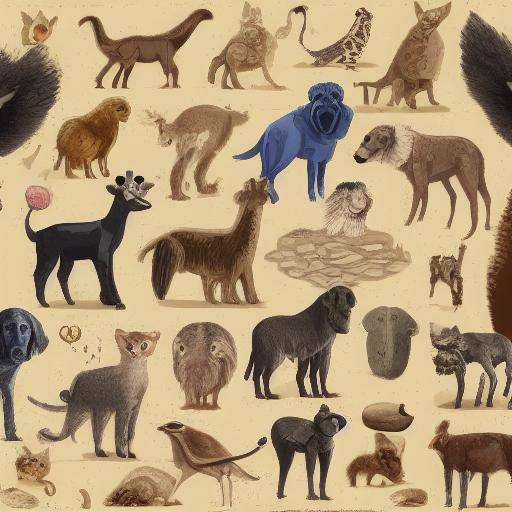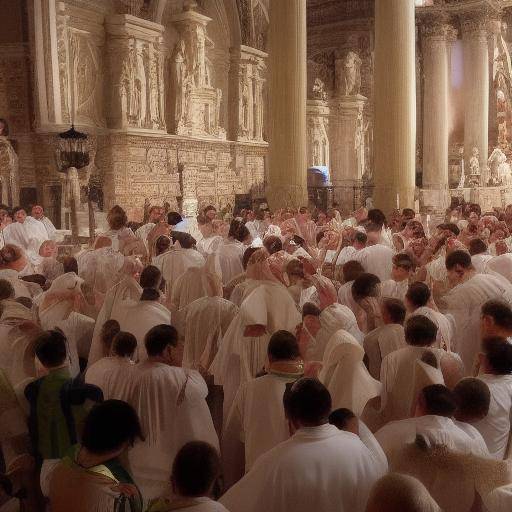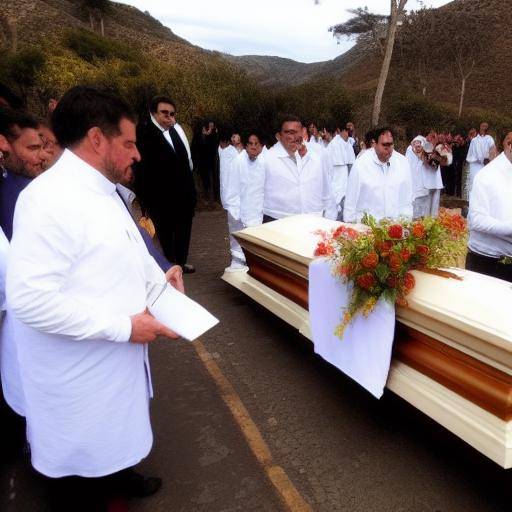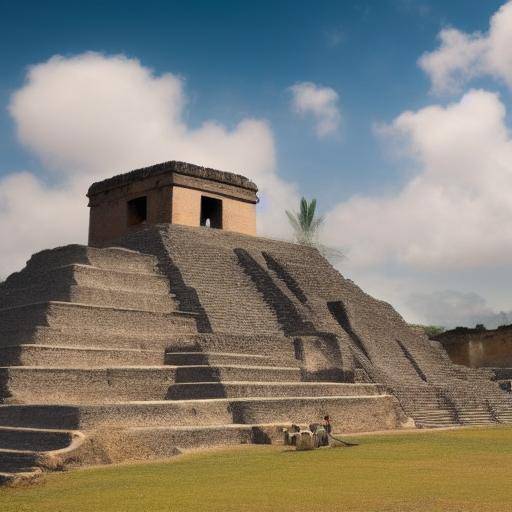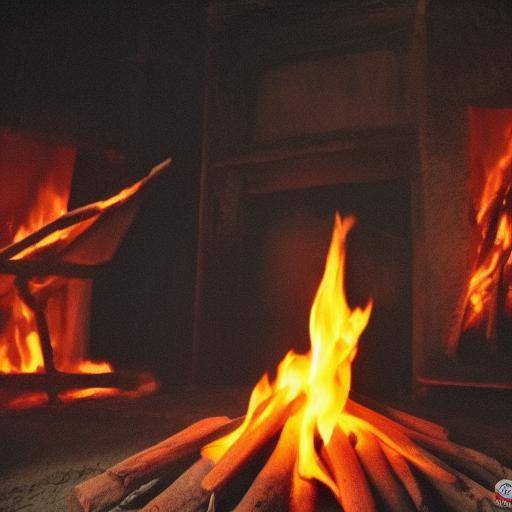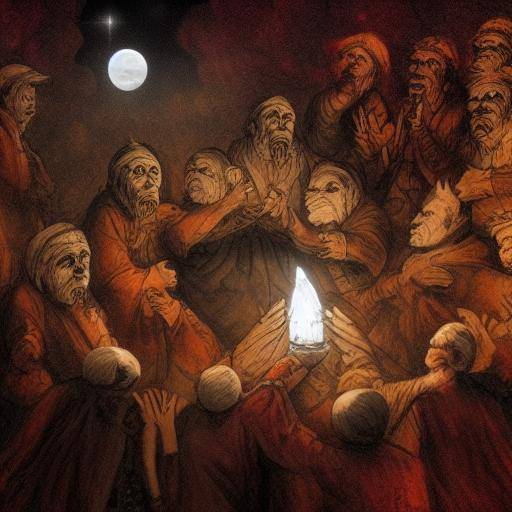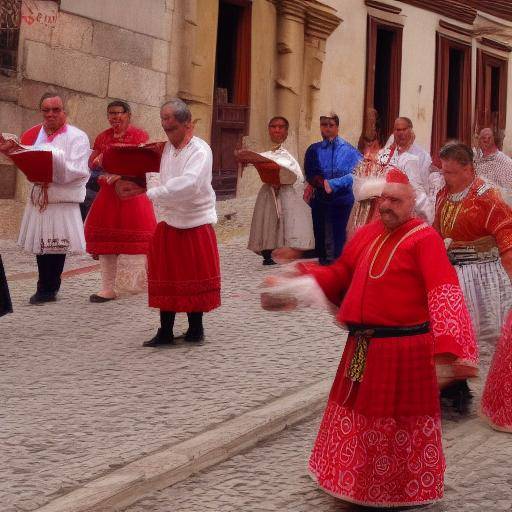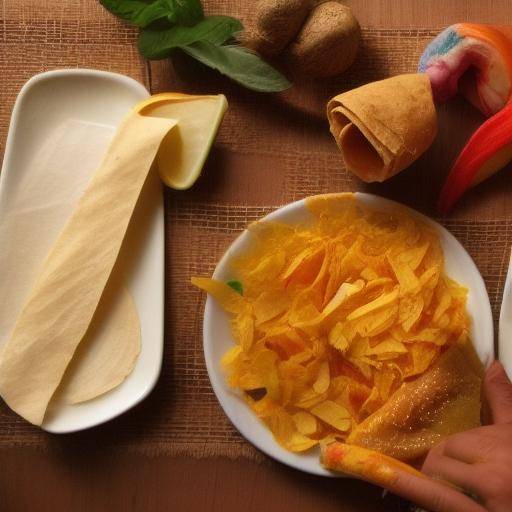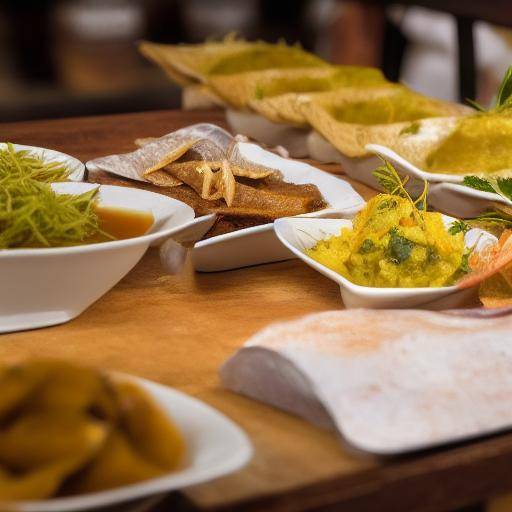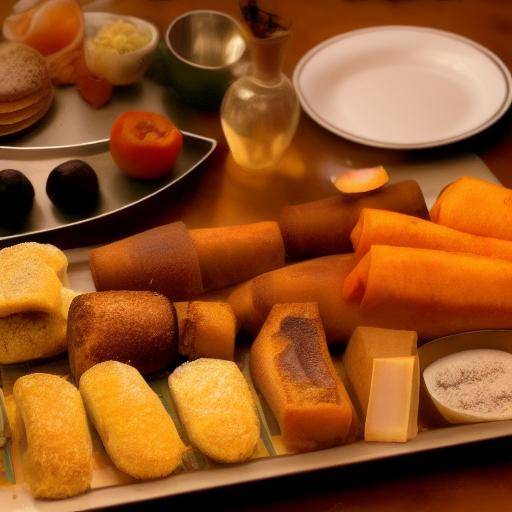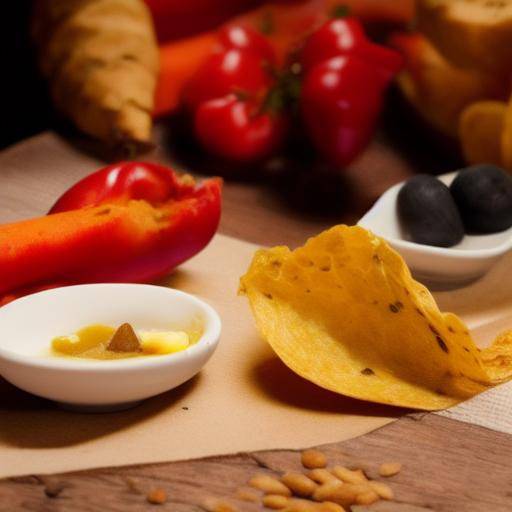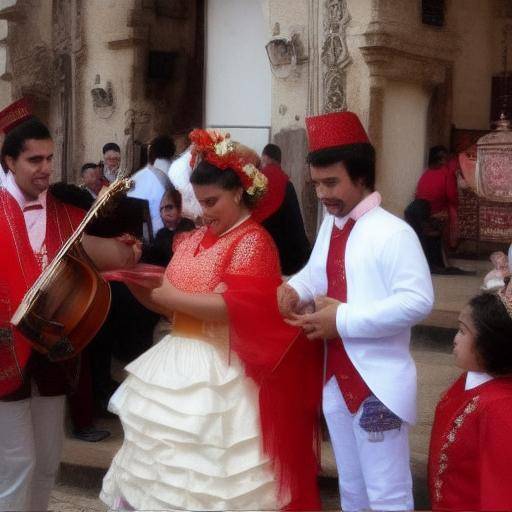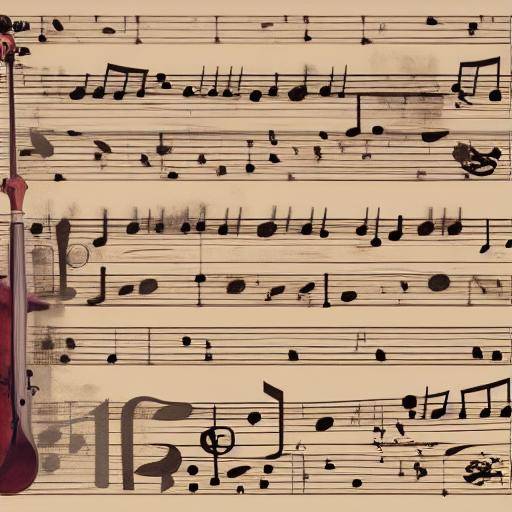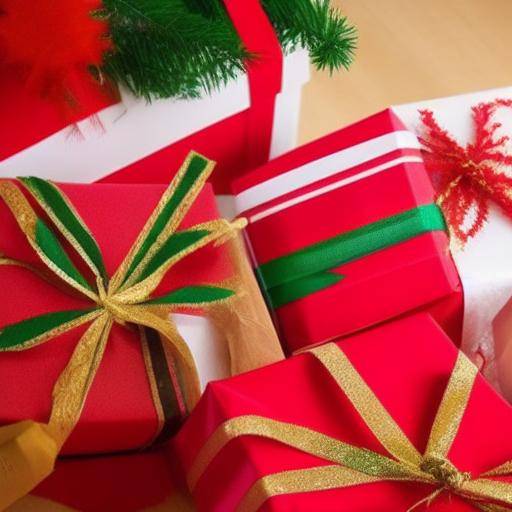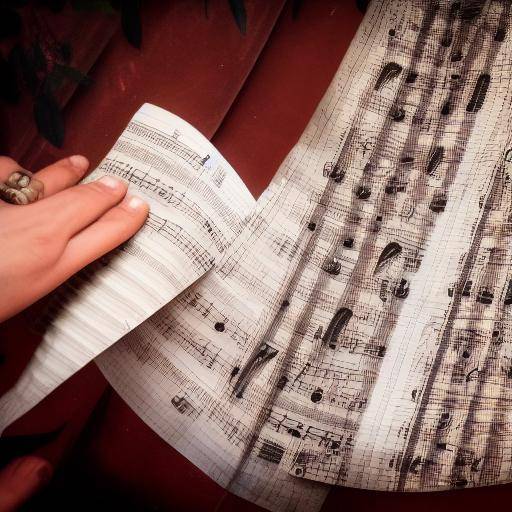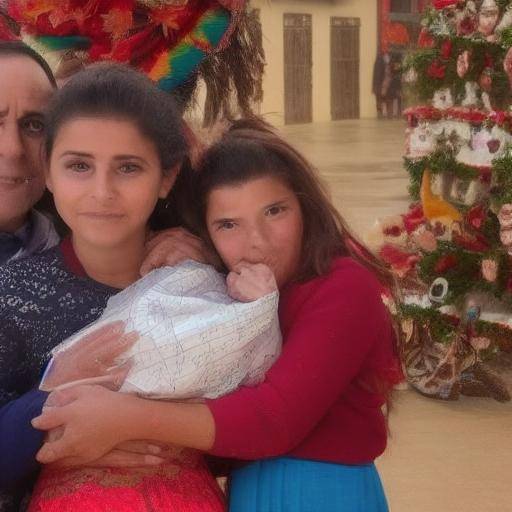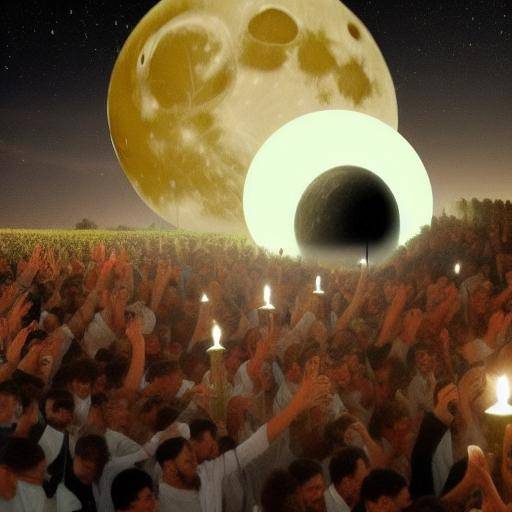
The relationship between the moon and funeral rituals has been a subject of interest and mysticism throughout history. In this article, we will explore the role that the moon has played in various cultures in the context of funeral rituals. From its ancestral origins to its relevance today, we will discover the influence of the moon in these important commemorative events.
Introduction
The moon, that enigmatic satellite that has captivated mankind since time immemorial, has been a central element in traditions and beliefs related to death and beyond. In this article, we will immerse ourselves in the fascinating intersection between the moon and funeral rituals, exploring its symbolic meaning, its cultural influence and its contemporary relevance. Join us on this journey through different cultures and times to understand the profound role that the moon has played in funeral practices around the world.
History and Background
From ancient civilizations to modern cultures, the moon has been venerated as a symbol of renewal, regeneration and transcendence. In ancient Egyptian culture, for example, the moon was closely related to the funeral goddess Isis, who was considered the protector of the deceased and the one responsible for guiding their souls to the beyond. Similarly, in Chinese culture, the moon was seen as a symbol of immortality and connection with ancestors, influencing funeral rituals that honored deceased loved ones.
Throughout history, the moon has been a beacon of hope and comfort for those facing loss, and its presence has permeated countless funeral rituals with an aura of mysticism and transcendence. The lunar cycles, with their eternal cadence of light and shadow, have served as a metaphor for life and death, inspiring practices that seek to honor the memory of loved ones and facilitate their transit to the beyond.
Detailed Analysis
The influence of the moon in funeral rituals goes beyond the symbolic, extending to concrete practices that reflect its intrinsic connection with the nature and cycle of life. In many cultures, funeral rituals have been synchronized with specific phases of the moon, believing that their energy can enhance the transition of the soul of the deceased. From the belief that the full moon facilitates the liberation of the spirit to the ceremonies that take place during the New Moon as a symbol of a new beginning, the lunar presence has influenced the way the farewells and funeral honors are carried out.
In addition to its influence on rituals itself, the moon has inspired the creation of specific ritual objects, such as lunar amulets, chants related to lunar phases and symbolic offerings that seek to honor the spiritual connection between the deceased and the moon. These practices, rooted in ancestral traditions, continue to be a significant part of funeral rituals in different parts of the world, demonstrating the perdurability of lunar influence in cultural expressions related to death and mourning.
Comprehensive review
At present, despite technological advances and changes in social beliefs and practices, the moon continues to exert a fascinating influence on the way we conceived and carried out funeral rituals. The connection between nature, spirituality and commemoration is often intertwined with lunar symbolism, providing a unique and touching perspective to the experience of dismissing loved ones.
As we explore the different ways in which the moon continues to play an important role in contemporary funeral rituals, we can appreciate how its influence transcends cultural and geographical barriers. In the modern era, new ways have been developed to integrate lunar energy into the farewell ceremonies, from the celebration of night ceremonies under the moonlight to the incorporation of symbolic elements related to the lunar phases in the commemorative services.
Comparative analysis
By comparing the various forms in which the moon and funeral rituals intertwine in different cultures, the richness and diversity of human expressions around death and beyond are revealed. While some traditions consider the moon as a beacon of hope and transcendence, others see it as a spiritual guide that accompanies the soul in its transit. These contrasting perspectives reveal the complexity and universality of lunar influence in funeral rituals, offering an enriching view of the diversity of beliefs and practices that have endured over time.
Practical Tips and Accessible Recommendations
If you are planning a funeral service or want to honor a loved one in a meaningful way, consider incorporating elements that reflect the influence of the moon. From the selection of dates that coincide with significant lunar phases to the inclusion of symbolic elements related to the moon in decoration and rituals, these actions can add an additional layer of depth and meaning to the farewell, offering comfort and connection with major forces.
Industry Perspectives and Expert Reviews
Experts in tanatology and cultural studies agree that the influence of the moon on funeral rituals reflects the profound relationship between nature, spirituality and the human experience of death. In addition, they highlight the importance of understanding and respecting the various beliefs and traditions related to this subject, stressing the need for cultural sensitivity in the planning and realization of funeral rituals that honor the connection between the moon and the soul of the deceased.
Case Studies and Real Life Applications
Throughout history and today, we find numerous examples of funeral rituals that incorporate the influence of the moon in distinctive and deeply moving ways. From ritual dances under moonlight in indigenous cultures to contemporary ceremonies that include lunatic chants, these practices highlight the continued relevance of the moon in the process of mourning and commemoration in different cultural contexts.
Future Trends and Predictions
As our understanding and appreciation of the connections between nature, spirituality and death continue to evolve, the influence of the moon on funeral rituals is likely to remain a subject of interest and inspiration. As people seek meaningful ways of honoring the memory of their loved ones and finding comfort in loss, the lunar presence will continue to play a vital role in setting up new ritual expressions and commemorative practices.
Conclusion
In short, the influence of the moon on funeral rituals is a theme that encompasses a rich history, fascinating cultural diversity and significant contemporary relevance. By exploring the intersection between the moon, funeral rituals and the role it plays in mourning and commemoration, we can appreciate the symbolic and spiritual depth that this influence brings to the human experience of death. Whether through ancient traditions or new ritual expressions, the presence of the moon continues to illuminate the way of the soul in its transit, providing comfort and hope to those who seek to honor their deceased loved ones.
Frequently asked questions
Why has the moon been so relevant in funeral rituals throughout history?
The relevance of the moon in funeral rituals dates back to ancestral beliefs that considered it a symbol of transcendence and connection with the beyond. Their presence has provided comfort to those facing loss, and their cycle has been interpreted as a metaphor for life and death, influencing funeral practices around the world.
What are some concrete examples of how the moon has been integrated into funeral rituals?
In various cultures, elements related to the moon have been incorporated into funeral rituals, such as the synchronization of ceremonies with specific phases of the moon, the inclusion of symbolic lunar elements in the decoration and realization of songs and dances dedicated to the moon as part of the farewell.
Why is it important to understand the influence of the moon in funeral rituals?
Understanding this influence is crucial to respect and honor the beliefs and traditions of different cultures in the context of death and grief. In addition, by recognizing the symbolic and spiritual significance of the lunar presence in funeral rituals, we can enrich our practices of commemoration and promote cultural sensitivity at this very sensitive time.
How can you integrate the influence of the moon into a contemporary funeral service?
The integration of the influence of the moon into a contemporary funeral service may include the selection of dates that coincide with significant lunar phases, the inclusion of decorative elements related to the moon and the incorporation of chants, poetry or meditations inspired by the lunar presence.
To what extent does the influence of the moon on funeral rituals remain relevant in the present world?
The influence of the moon on funeral rituals remains relevant today, as it offers comfort, symbolic meaning and a connection with greater forces in moments of mourning and loss. Furthermore, the lunar presence continues to inspire new forms of cultural and spiritual expression in the context of death.
Are there significant differences in how different cultures have integrated the influence of the moon into their funeral rituals?
Yes, differences in the integration of the influence of the moon in funeral rituals vary according to the beliefs and traditions of each culture. While some cultures see the moon as a symbol of hope and transcendence, others consider it a spiritual guide that accompanies the soul in its transit, which is reflected in the diversity of ritual practices related to the moon throughout the world.
In conclusion, the influence of the moon on funeral rituals is a fascinating theme that invites us to explore the intersection between nature, spirituality and the human experience of death. Through this article, we have been able to appreciate the rich history, cultural diversity and contemporary relevance of this influence, as well as to gain a deeper understanding of its symbolic and emotional significance in the context of commemoration and mourning.

